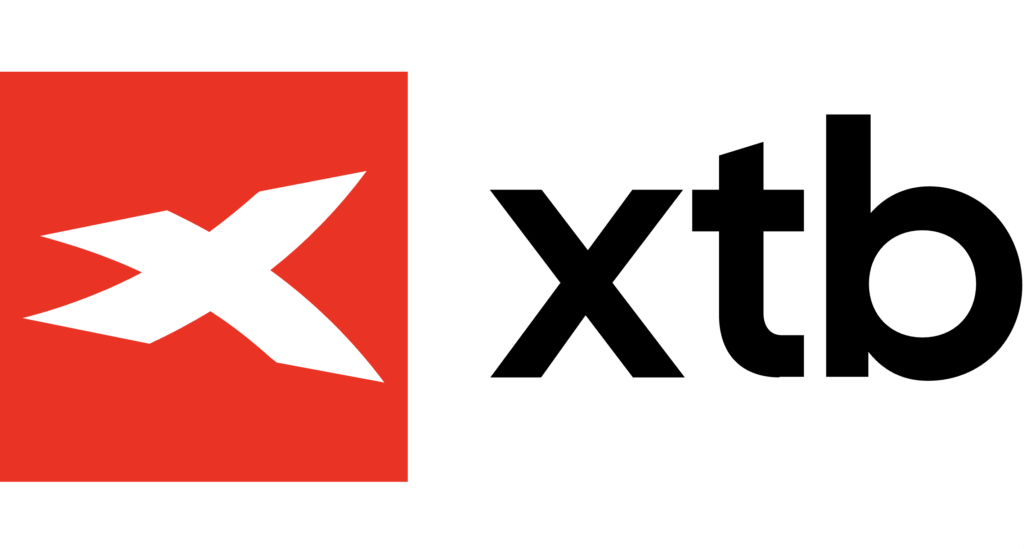Step 1: Open a Wallet
Before you can start trading cryptocurrencies, you need a wallet. This is comparable to a bank account, except that instead of central bank balances or capital sums for investment being recorded there, cryptocoins are recorded instead. You can find out more here: Wallet. There are several providers on the Internet that offer the right wallet for the respective cryptocurrency. However, there are not only online wallets, but also so-called offline wallets, which are considered safer. With the wallet you also receive a public key, which serves as a kind of recipient address for the cryptocoins to be posted later.
Step 2: Decide on a Cryptocoin Exchange
Once you have a wallet, you should take the opportunity to compare the cryptocoin exchanges that exist on the market. The differences are particularly evident in the user-friendliness, but also in the number of cryptocurrencies that can be traded via the corresponding exchanges. So far, on most cryptocoin exchanges, either only Bitcoins or at least the three leading cryptocurrencies can be traded, namely:
After you have looked at the offers more closely, you decide on a cryptocoin exchange through which you then want to trade cryptocurrencies.
Step 3: Choose the Cryptocurrency
Once you have a wallet and have chosen a cryptocoin exchange, the way to the first trade order is not far. Now you just have to decide which cryptocurrencies you want to trade for which equivalent value. For beginners, it is recommended to first focus on the best-known digital currencies, such as Bitcoin or Ethereum. Ultimately, however, it is your personal decision which cryptocurrency you give the best chances of further price increases. Since there are now over 850 cryptocurrencies on the market, the choice is certainly not easy. Here it helps to deal with the topic as intensively as possible and, for example, to communicate with like-minded people who may have been trading cryptocurrencies for years.
Step 4: Place a Trade Order and Use Strategies
The last step in our guide on how to trade cryptocurrencies is to place the corresponding order. So you select the cryptocurrency to be traded on the exchange and specify how many coins you would like to buy. You pay the equivalent value by debiting your credit card or by another payment method, such as PayPal.
Important for trading cryptocurrencies as successfully as possible are good strategies, on the basis of which you decide, for example, when a suitable purchase or sale time is. However, you should know that it is generally very difficult to predict the price development of cryptocurrencies, as the cryptocoins are still considered very volatile.
Step 5: Transfer to the Wallet
After the successful purchase of cryptocurrencies, the question arises as to how long the trading period is. If you are planning a resale in the near future, a transfer to your own wallet is less worthwhile. However, if a medium-term wait for the price developments is initially planned, a transfer to the safer wallet may be worthwhile.
In the Test – the Leading Exchanges for the Purchase and Trade of Cryptocurrencies:
Provider
Result
Bitvavo, one of the leading exchanges from Europe (Netherlands) with a large selection of cryptocurrencies. PayPal deposit possible. For a limited time only: 10 Euro bonus when you sign up via CoinPro.ch
Trade many different cryptocurrencies without a wallet with our CFD broker test winner Plus500 - 7 days a week.
Regulated provider from Austria - specializing in trading Bitcoin, Ethereum, stocks and many other assets.
CFDs and real stocks in a trading platform with free deposits and no conditions - that's XTB.
OKX is one of the largest crypto exchanges in the world and combines numerous functions such as a wallet, staking, futures, margin, and spot trading in a single platform.
With several hundred thousand customers worldwide, Binance is one of the top 10 largest and most well-known exchanges. The use of the exchange is free of charge, with fees only applying to the purchase and exchange of cryptocurrencies.






